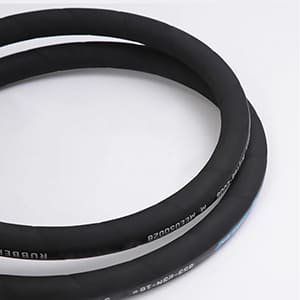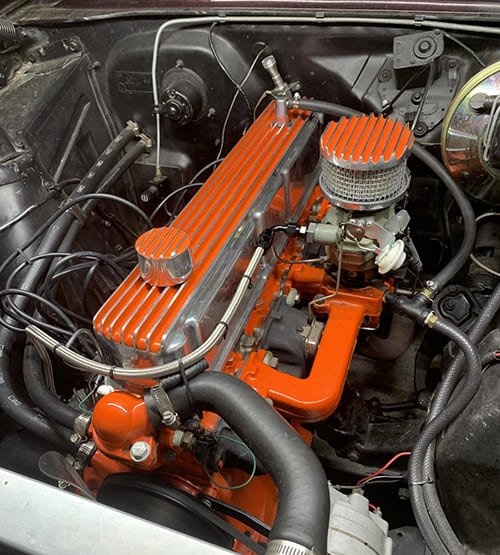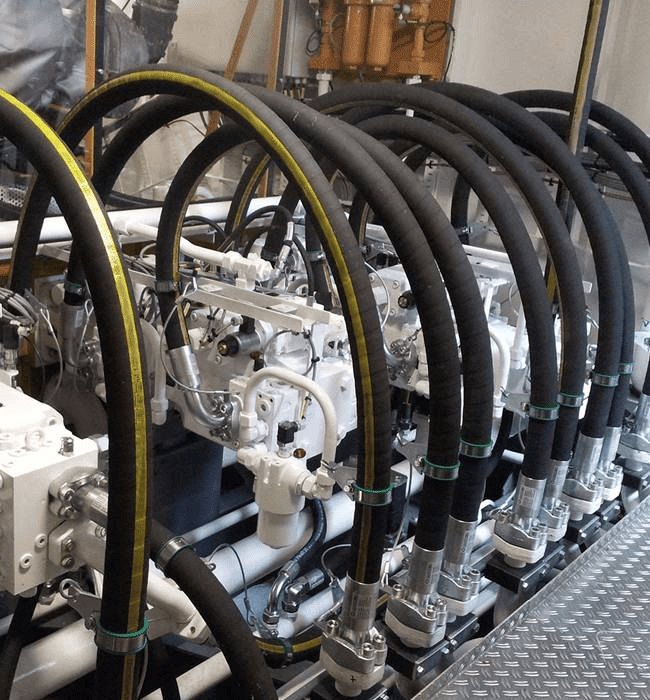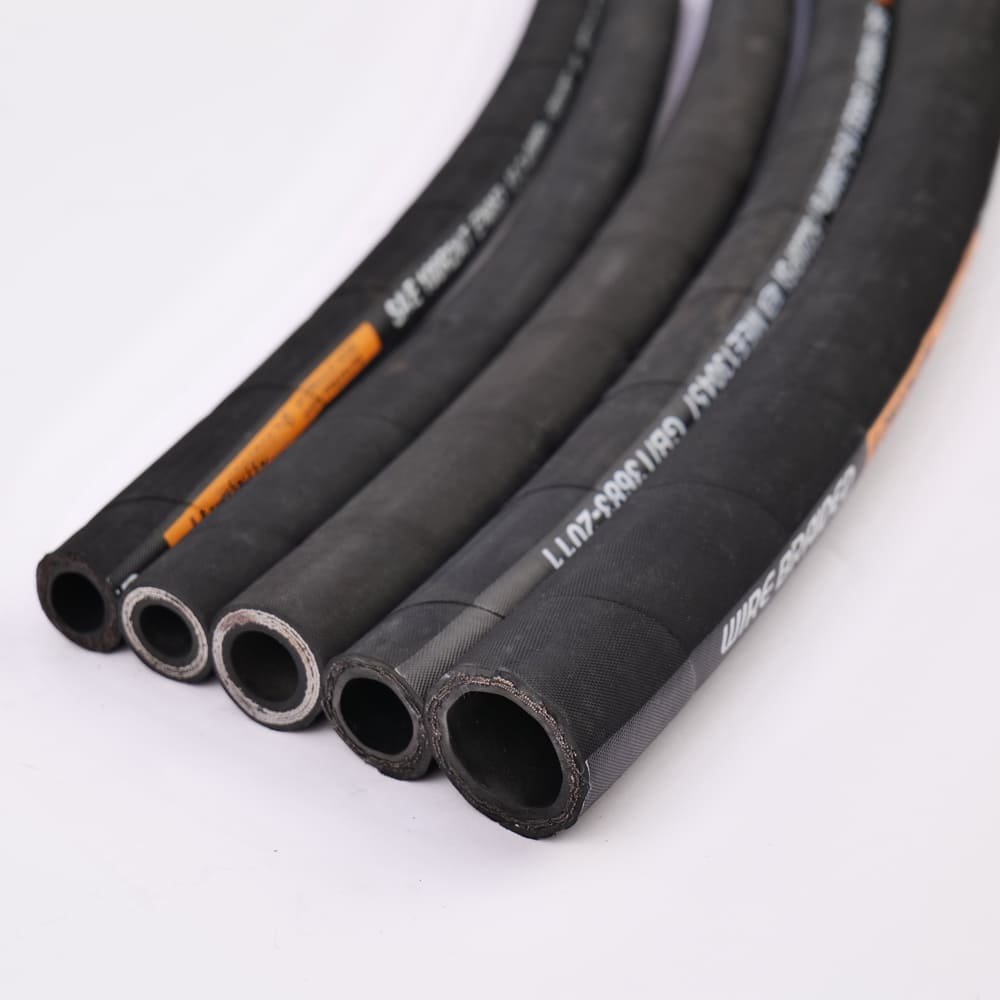Hoses are a vital component in vehicles and industrial applications. They come in many varieties, often categorized as high-pressure or low-pressure. Understanding the differences between high-pressure and low-pressure hoses and how to choose one is crucial.

In this article, I’ll explain their main differences, show you how each type is used, and help you find the hose that best fits your needs.
High-pressure hoses are designed for demanding applications. They’re wire-reinforced and can withstand very high pressures, such as those found in heavy machinery or construction equipment.
Low-pressure hoses are lighter and more flexible. They’re made with fabric layers and are used for suction, liquid return, or low-pressure transfer. Choosing the right hose depends on the pressure level and application of your system.
What is the difference between high-pressure hose and low-pressure hose?
The biggest difference is how much pressure each hose can handle.
- High-pressure hoses can handle pressures from 3,000 to 6,000 PSI or even higher. These hoses are used in machines that lift, push, or move heavy objects, such as excavators or hydraulic presses.
- Low-pressure hoses typically handle pressures less than 250 PSI. They are often used in return lines or suction systems where the pressure is not as high.
Another difference is their materials:
- There is steel wire inside the high-pressure hose, which is more pressure-resistant and can prevent bursting.
- Low-pressure hoses have fabric or fiber layers, which are more flexible and bend more easily.
Their accessories are also different:
- High-pressure hoses use strong metal fittings that are crimped on.
- Low-pressure hoses typically use clamps or barbed fittings that can be easily removed and replaced.
In short, high-pressure hoses are for power, low-pressure hoses are for flow.
How are hoses classified?
High-pressure hoses and low-pressure hoses are primarily distinguished by their operating pressure. Low-pressure hoses typically have an operating pressure between 0 and 10 MPa, while medium-pressure hoses have an operating pressure between 10 and 25 MPa.
High-pressure hoses typically have an operating pressure above 25 MPa, with some reaching 70 MPa or even higher. When selecting a hose, consider the diameter, construction, and media, as well as referencing the corresponding SAE, ISO, or EN standards.
Manufacturers adhere to specific standards when producing or selling hoses.
SAE Standard
- Hoses marked SAE 100R1, R2, or R12 are high-pressure hoses.
- Hoses marked SAE 100R6, R7, or R8 are suitable for low pressure.
ISO Standard
International Standardization Organizations have their own numbers, such as ISO 1436 or ISO 4079. These numbers help people around the world use hoses that meet the same quality and safety standards.
EN Standard
In Europe, hoses follow EN regulations:
- EN 853 applies to high-pressure braided hoses.
- EN 854 applies to low-pressure textile hoses.
It can be helpful to check these when purchasing or comparing products. High-quality hoses will usually have the corresponding standard indicated on the label.
High Pressure Hose Features
When you look closely at a high-pressure hose, you’ll notice it’s thicker and heavier. This is because it needs to withstand enormous pressure.
Here are their characteristics:
- Reinforced with steel wire for strength.
- Durable outer layer that resists oil, weather, and abrasion.
- Wide temperature range, usually from -40°F to 250°F.
- Flexible, even though it’s strong.
- Safety-tested to handle several times its rated pressure.
High pressure hose main application:
- Construction machinery (such as bulldozers and cranes)
- Factory hydraulic systems
- Power steering or braking systems
- High-pressure washers
Low Pressure Hose Features
Low-pressure hoses are equally important. They are responsible for transporting oil, fuel, or air from the system to its next destination.
The following are the characteristics of low-pressure hoses:
- Made with fabric or polyester layers for flexibility.
- Usually handle up to 250 PSI.
- Work in moderate temperatures.
- Very light and easy to install.
- Cost less than high-pressure hoses.
They are usually used for:
- Oil return and suction lines
- Fuel system
- Cooling and lubrication system
If you have ever replaced a return hose in a machine or vehicle, it was a low-pressure hose.
Where High-Pressure Hoses Are Used
High-pressure hoses are the workhorses of hydraulic systems. I’ve seen them used in a wide variety of industries:
- Construction: cranes, excavators, lifts
- Factories: presses, injection molding machines
- Automotive: brake and steering systems
- Cleaning: pressure washers and water jet systems
They are perfect for any job that requires strong, steady power.
Where Low-Pressure Hoses Are Used
Low-pressure hoses are suitable for systems that don’t require this level of power.
They are commonly found in:
- Return lines (where fluid flows back into the tank)
- Fuel and coolant lines
- Air and water hoses in industrial plants
Even if they aren’t subjected to much stress, they still have to be tough and chemically resistant.
Which one is better, high pressure hose or low pressure hose?
People often ask, “Which is better, a high-pressure hose or a low-pressure hose?”
The truth is, generally speaking, neither is better. They’re just better suited to different jobs.
- If your system requires power or high pressure, use a high-pressure hose.
- If your system only requires fluid flow or suction, use a low-pressure hose.
It all depends on your application needs. Using the wrong hose can lead to leaks, pressure drops, and even safety risks.
How to choose the right hose
There’s an easy way to remember what to check before buying a hose.
- Size — measure the hose’s inner diameter and length.
- Temperature — check how hot or cold your system gets.
- Application — what will the hose do?
- Material — make sure the hose fits your type of fluid.
- Pressure — confirm the hose can handle your system’s PSI.
If you don’t know how to choose the right hose for your application, please contact us. We specialize in the production of high-pressure and low-pressure hoses and can provide you with customized solutions to help you choose the right hose for your application.
Summary
Ultimately, choosing the right hose requires understanding the pressure and application of your system. Before purchasing, be sure to carefully check the hose’s pressure rating and standard label. This is the best way to ensure safe operation and a long life for your equipment.




